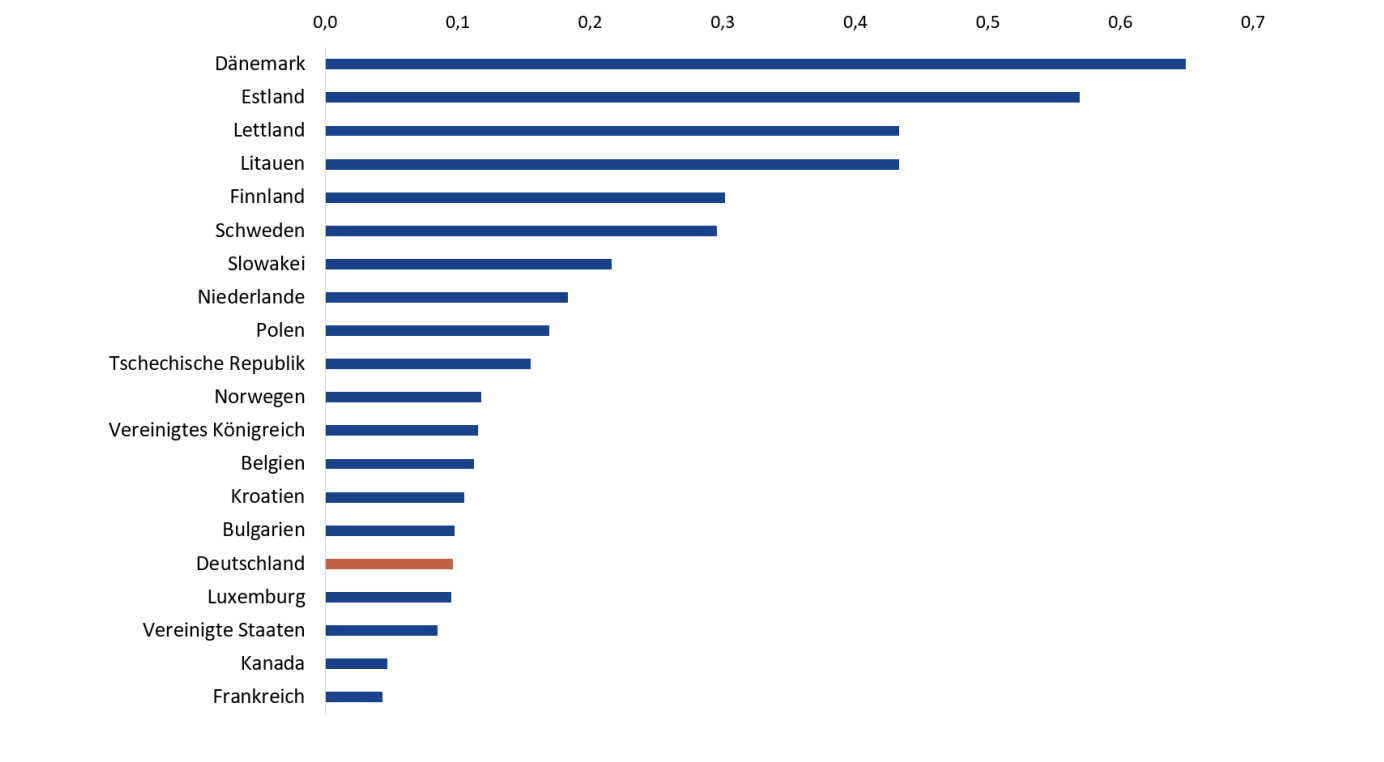Stopping aid to Ukraine will cost much more than continuing it
Termination of military aid to Ukraine will cost the German economy "much more than its continuation." The analysis of the Kiel Institute for the World Economy stated this. According to this analysis, contrary to populist statements, Germany's total military assistance to Ukraine since 2022 is small from a macroeconomic point of view, amounting to EUR10.6 billion.
This corresponds to an average of about EUR4 billion per year, or about 0.1 percent of Germany's gross domestic product (GDP). If bilateral humanitarian aid is taken into account, this amount will increase to 0.14 % of GDP. For comparison, during the First Gulf War in 1991, Germany allocated six times more to support the war.
Namely, 0.6% of GDP or about 4% of the total federal budget. At the same time, several European countries, such as Denmark (0.65%), Estonia (0.57%), and Latvia (0.43%), spent a much larger share of their economic output on military assistance for Ukraine. Germany is currently ranked 16th in the Institute for the World Economy's Ukraine Support Index.
 Total bilateral military assistance as a percentage of donor countries' GDP.
Total bilateral military assistance as a percentage of donor countries' GDP.
Translation of the Ukraine Support Tracker infographic
Even if other forms of bilateral aid to Ukraine, such as humanitarian and financial contributions, are taken into account, in addition to military support. Germany's total bilateral aid as a percentage of GDP over the same period (0.14%) lags behind countries such as Canada (0.15%), the United Kingdom (0.17%), and Poland (0.24%).
Consequences of discontinuing the assistance
Instead, Russia's victory in its aggressive war against Ukraine will lead to a significant increase in Germany's costs. First of all, due to increased defense spending, an additional influx of refugees, as well as a loss of trade with Ukraine and investment, the report notes.
According to the authors, under this scenario, Germany's annual additional costs would be between 1 and 2 % of GDP, which is about 10 to 20 times more than the current military assistance for Kyiv. The main reasons for the high costs in the event of assistance termination will be:
- Additional influx of large numbers of refugees. In a negative scenario, between 1.9 and 3.8 million people could arrive in Germany.
- Increased spending on defense, contributions to NATO, and the security of the Baltic states;
- Costs due to trade disruptions and partial loss of investment in Ukraine;
In addition, analysts predict indirect costs due to the loss of Western deterrence.
This will make future conflicts in the world more likely. This will lead to significant costs in the form of losses in trade and economic growth. According to scholars, the application of game theory to the conflict in Ukraine shows that the path to peace lies through credible deterrence.
The incentive for Russia to seriously engage in meaningful peace talks will come when it becomes clear that the goal of military victory is both expensive and unattainable. However, this deterrence can only be achieved if Ukraine receives reliable and sustained support from Western democracies. This will ensure that the cost of continued aggression will increase over time.
Such support should be provided primarily in the form of military assistance, but could also be backed by tougher and more comprehensive economic sanctions.
The authors of the study conclude that the economic and geopolitical instability that would result from a Russian victory would cause much greater damage to the German economy and society than the current support for Ukraine.
At the end of September, the German government increased the amount of planned military aid to Ukraine in 2024 by about EUR400 million.